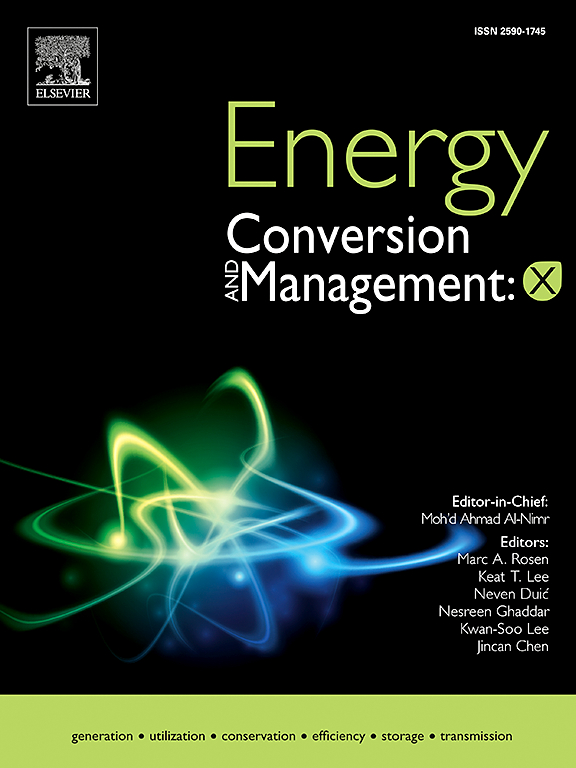Spatiotemporal Forecasting of Solar and Wind Energy Production: A Robust Deep Learning Model with Attention Framework
IF 7.1
Q1 ENERGY & FUELS
引用次数: 0
Abstract
The variability in the spatiotemporal distribution of power generation is a significant challenge for accurately predicting renewable energy production patterns. Furthermore, numerous forms of unforeseen data contamination degrade the precision of forecasts since superfluous data points adversely affect the regression model. In this context, a novel robust deep learning model, termed the Convolutional Neural Network-Bidirectional Long Short-Term Memory model with spatiotemporal attention mechanism (CNN-BiLSTM-STA), is developed in this study. The suggested model integrates the feature extraction expertise of CNNs with the sequence modeling proficiency of BiLSTM networks to capture spatial linkages and temporal interdependence adeptly. Moreover, the integrated spatiotemporal attention mechanism selectively focuses on significant spatial regions and time steps to enhance the prediction of spatiotemporal sequences of time-resolved grid data. The proposed architecture allows plant proprietors and system operators to obtain accurate predictions across extensive spatiotemporal patterns by eliminating the necessity for individual model fitting for each site/horizon or an additional data preprocessing phase before training. In addition, the Correntropy-based training criterion is employed to ensure the robustness of the recommended method against various types of data contamination, including data incompletion, Gaussian noises, outliers, and a mixed combination of disturbances. Furthermore, the Partial Reinforcement Optimization technique is applied to optimize the hyperparameters of the proposed model. The suggested framework incorporates numerous photovoltaic installations in Arizona and wind power installations in Texas to provide concurrent forecasts for multiple periods. The efficacy of the suggested forecasting model is evaluated by comparing it with three state-of-the-art methods. Numerical findings demonstrate that the proposed model surpasses other methods by successfully integrating spatial and temporal characteristics.

求助全文
约1分钟内获得全文
求助全文
来源期刊

Energy Conversion and Management-X
Multiple-
CiteScore
8.80
自引率
3.20%
发文量
180
审稿时长
58 days
期刊介绍:
Energy Conversion and Management: X is the open access extension of the reputable journal Energy Conversion and Management, serving as a platform for interdisciplinary research on a wide array of critical energy subjects. The journal is dedicated to publishing original contributions and in-depth technical review articles that present groundbreaking research on topics spanning energy generation, utilization, conversion, storage, transmission, conservation, management, and sustainability.
The scope of Energy Conversion and Management: X encompasses various forms of energy, including mechanical, thermal, nuclear, chemical, electromagnetic, magnetic, and electric energy. It addresses all known energy resources, highlighting both conventional sources like fossil fuels and nuclear power, as well as renewable resources such as solar, biomass, hydro, wind, geothermal, and ocean energy.
 求助内容:
求助内容: 应助结果提醒方式:
应助结果提醒方式:


